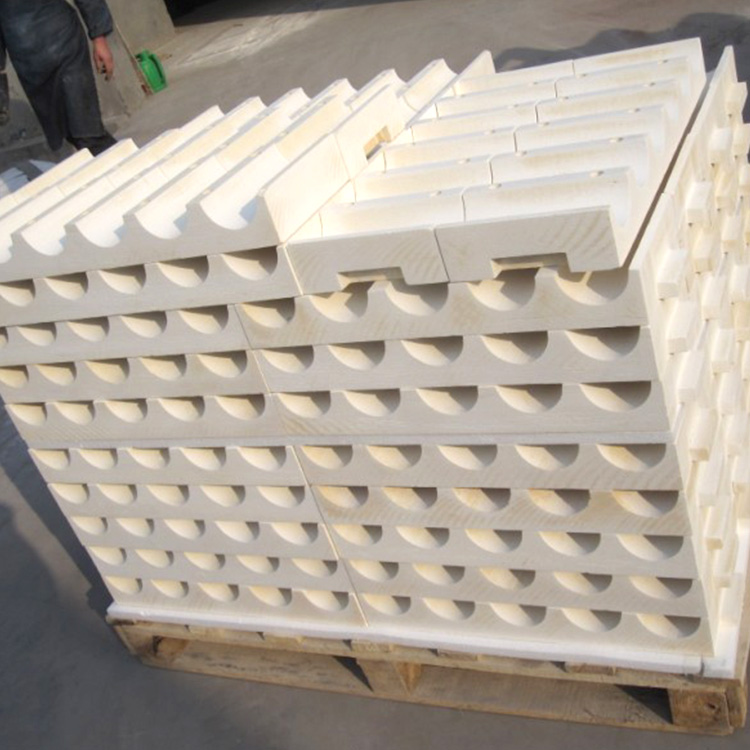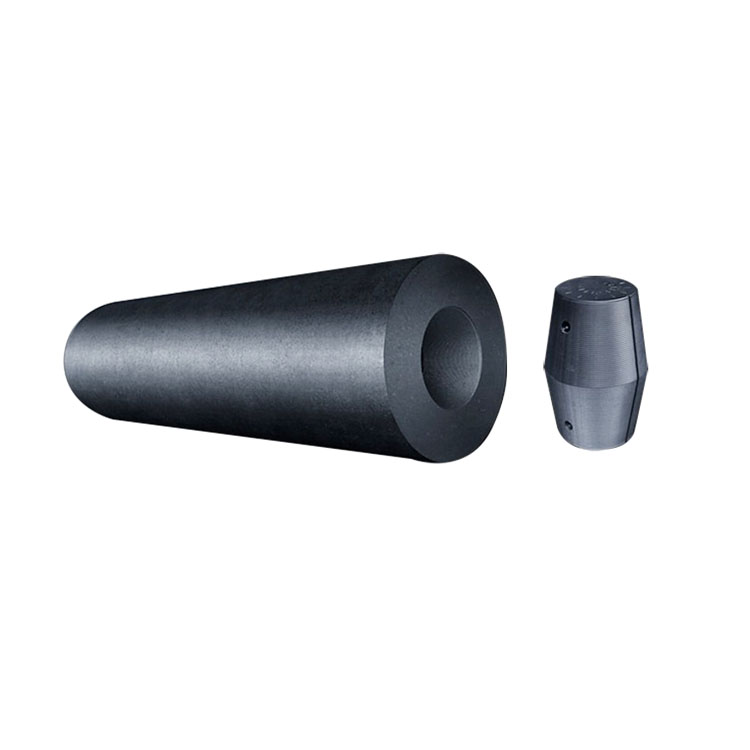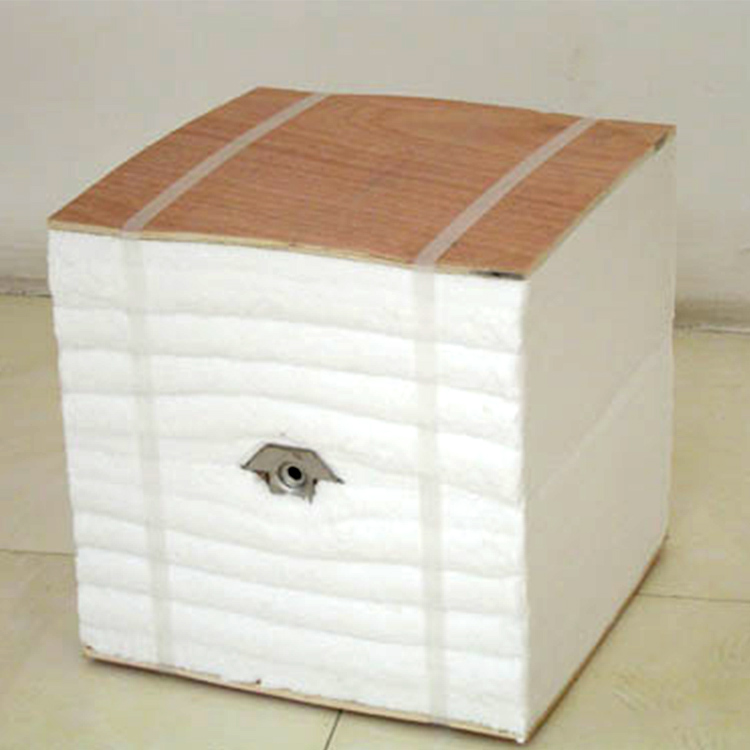
In the steelmaking industry, the issue of excessive temperature rise in ladle shells has long been a persistent challenge. High temperatures not only pose significant safety risks but also lead to substantial energy waste. This article delves into this common problem faced by steel enterprises, offering a detailed exploration of solutions.
Steel ladles are crucial equipment in steelmaking, used to hold and transport molten steel. However, when the ladle shell temperature is too high, it can cause thermal deformation of the shell, threatening the structural integrity of the ladle. In addition, high temperatures lead to a large amount of heat loss, increasing energy consumption. According to industry statistics, for every 10°C increase in ladle shell temperature, the energy consumption for heating molten steel can increase by approximately 5%.

Traditionally, steel plants have used refractory bricks or thick felts as insulation materials for ladles. However, these materials have significant limitations. Refractory bricks have poor thermal shock stability, which can lead to cracking and peeling under rapid temperature changes. Thick felts, on the other hand, have high thermal conductivity and poor sealing performance, resulting in ineffective heat insulation. For example, the thermal conductivity of traditional refractory bricks can reach 1.5 - 2.0 W/(m·K), while that of thick felts is also relatively high at around 0.2 - 0.3 W/(m·K).
The Sunrise Vermiculite Ladle Insulation Board is a revolutionary solution to these problems. It has a low thermal conductivity, typically around 0.05 - 0.1 W/(m·K), which is significantly lower than traditional materials. This low thermal conductivity effectively reduces heat transfer from the molten steel to the ladle shell, thereby reducing the shell temperature.
Moreover, it has high thermal stability and can withstand rapid temperature changes without cracking or peeling. It also has excellent resistance to chemical erosion, ensuring long - term performance in the harsh steelmaking environment. For example, in a high - temperature environment of 1500°C, the Sunrise Vermiculite Ladle Insulation Board can maintain its structural integrity for a long time.

Let's take a look at a real - world example. A large - scale steel plant in [Location] installed Sunrise Vermiculite Ladle Insulation Boards in its ladles. After installation, the temperature rise of the ladle shell was reduced by more than 30%. Specifically, the original ladle shell temperature could reach 200°C, but after using the new insulation boards, it was maintained at around 140°C. In addition, the plant achieved a monthly coal savings of approximately 50 tons, significantly reducing energy costs.
"Since we installed the Sunrise Vermiculite Ladle Insulation Boards, we have seen a remarkable improvement in ladle performance. The shell temperature has decreased significantly, and our energy consumption has also been effectively controlled. It's a great product that helps us achieve both safety and efficiency," said the equipment manager of the steel plant.
When installing the Sunrise Vermiculite Ladle Insulation Boards, it is important to ensure a tight fit between the boards and the ladle wall to prevent heat leakage. Regular inspections should be carried out to check for any signs of damage or wear. If any problems are found, the damaged boards should be replaced in a timely manner.

In addition to solving the temperature rise problem and reducing energy consumption, the Sunrise Vermiculite Ladle Insulation Board also contributes to green metallurgy. By reducing energy consumption, it helps steel plants reduce their carbon emissions, meeting the requirements of sustainable development. For every ton of coal saved, approximately 2.6 tons of carbon dioxide emissions can be reduced.
Are you ready to take your steelmaking process to the next level with energy - efficient and safe solutions? Don't miss out on the opportunity to transform your operations. Click here to learn more about the Sunrise Vermiculite Ladle Insulation Board and start your journey towards green and efficient steelmaking!


